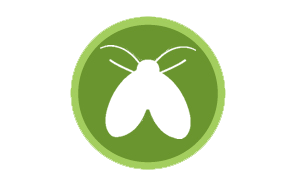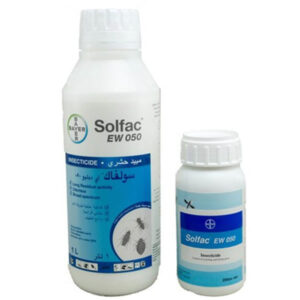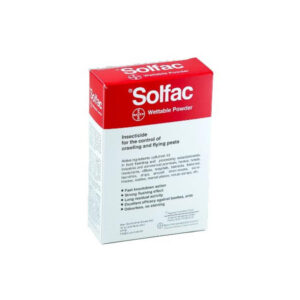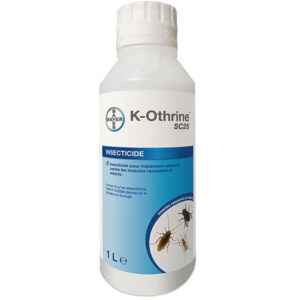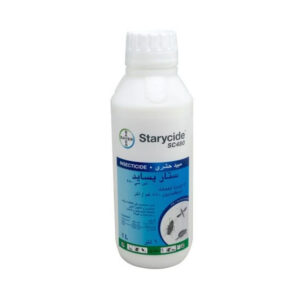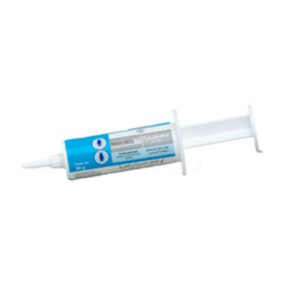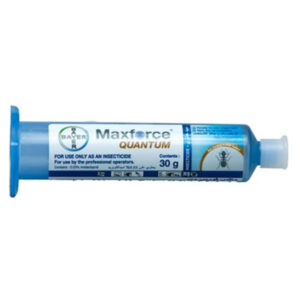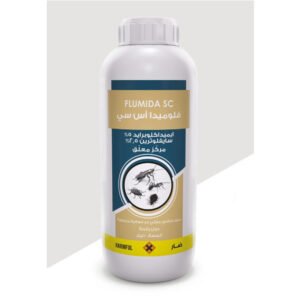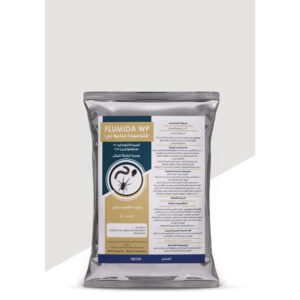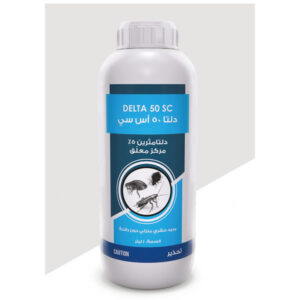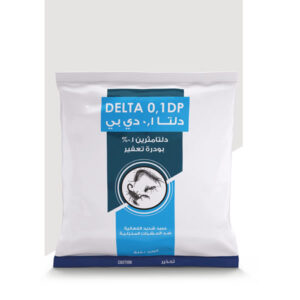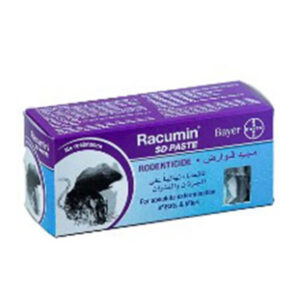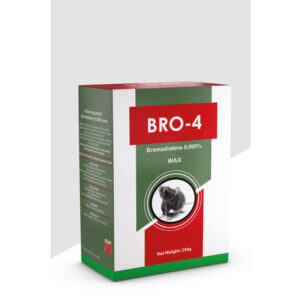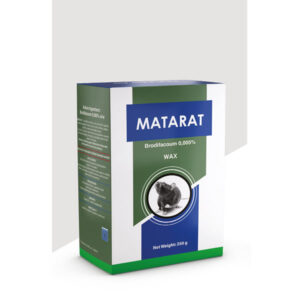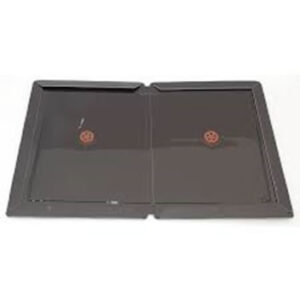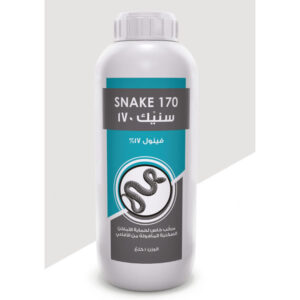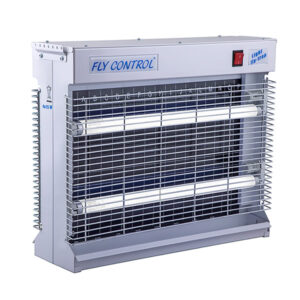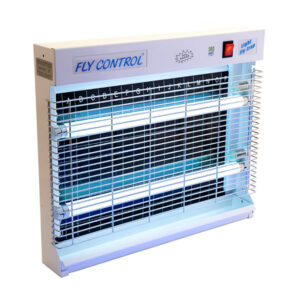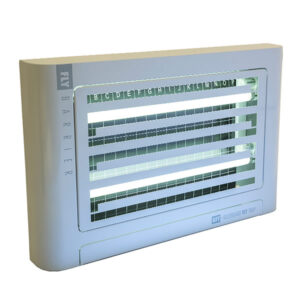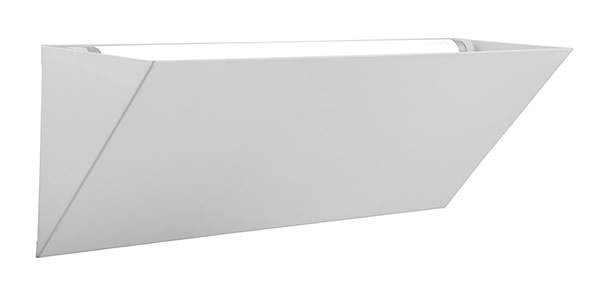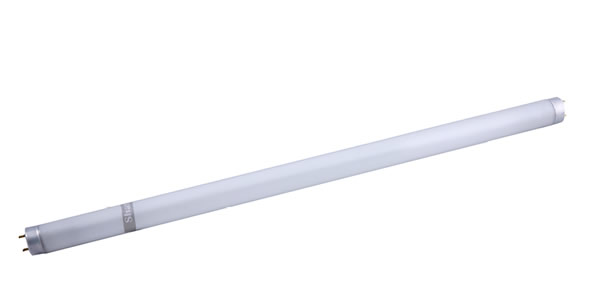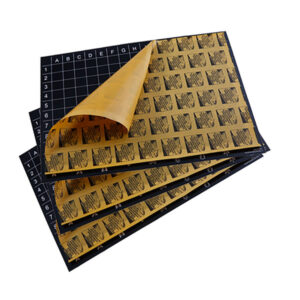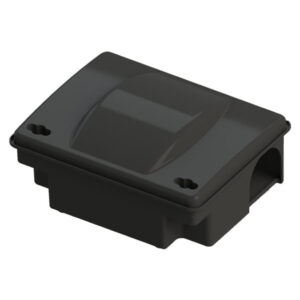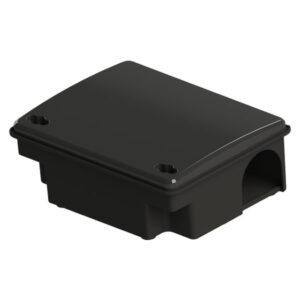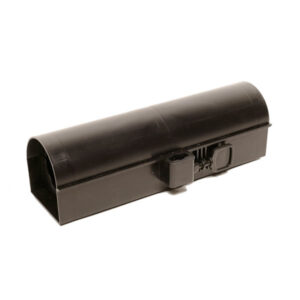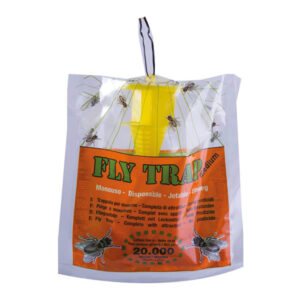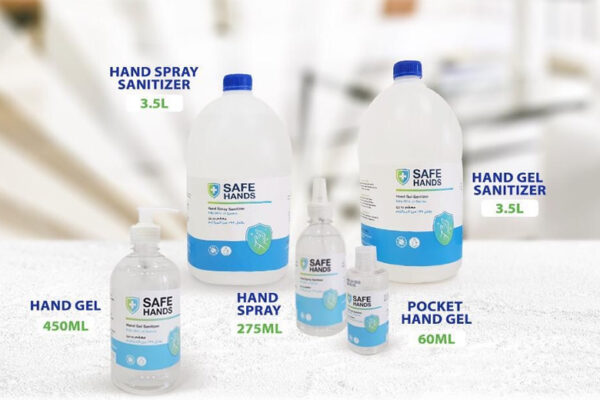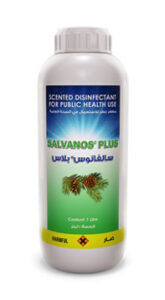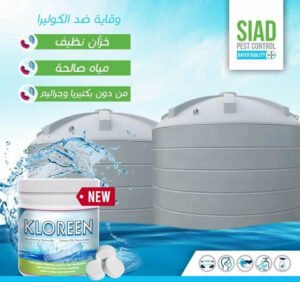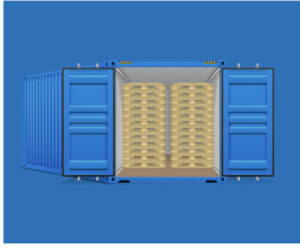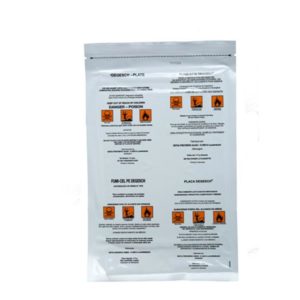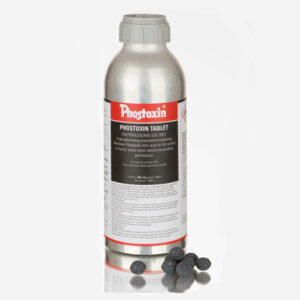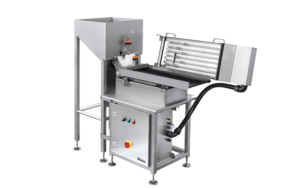
Cockroaches normally hide in warm, dark and hard-to-reach areas near food and water. Although cockroaches will “nest” together in large numbers, they are not social insects and will cannibalize each other when food becomes scarce.
Species characteristics:
- Oriental Cockroach (Blatta Orientalis)
Adults, 20-24mm long; color, dark-brown, nearly black; wings of male cover two-thirds of abdomen, able to fly (wings of female are vestigial); can climb rough but not smooth vertical surfaces.
They are the most common species and frequently encountered in cooler, less humid areas such as basements and drains. - German Cockroach (Blattella Germanica)
Adult, 10-15mm long; color, yellowish-brown with two longitudinal dark marks on pronotum; wings well developed in both sexes; can readily climb rough and polished vertical surfaces.
They are the most common species and generally prefers warmer, humid environments, e.g. centrally heated buildings. - American Cockroach (Periplaneta Americana)
Adult, 28-44mm long; color, red-brown with yellow border around pronotum; no yellow submarginal stripes on forewings; last segment of cerci, twice as long as wide, able to fly.
They are tropical and sub-tropical species but are also found in ports and shipping areas in temperate climates. - Nymphs:
The nymphs of all species are similar in appearance to the adult but smaller. Immediately after hatching or moulting the nymphs are white, but the cuticle soon darkens to the normal color.
Life-Cycle:
- Oriental cockroach:
5 egg cases contain each 16 young; the egg will be developed into nymph in 6 to 12 weeks and then to adult in 10 months to 2 years. - German cockroach:
4-8 egg cases, each contain 30-40 young; each egg develop into nymph (2.5-4 weeks) and to adult (3.5 month). - American cockroach:
It has nymphal development time (4 to 15 months).
Cockroaches as pest:
They are potential vectors of diseases such as dysentery, gastroenteritis, typhoid and poliomyelitis. Their diet is omnivorous and includes fermenting substances, soiled septic dressings, hair, leather, parchment, wallpaper, feces and food for human consumption.
Identification:
Signs: of a cockroach infestation include the presence of fecal matter, egg cases, cast skins (exoskeletons), carcasses and live insects.
Also night survey is useful (max insect activity).
Level of cockroach: population and extent:
- Low infestation: cockroaches are not seen in daylight, little fresh feces.
- Medium infestation: few cockroaches in daylight, can be seen in harborages
- High infestation: cockroaches are easily seen in daylight, fresh feces, clearly visible and crammed into harborages.
- Extent: cracks, crevices, electrical conduit, area for food and water, area from outside (food storage area).
Infestation signs:
- Unusual smell
- Cockroach droppings (approx. 2mm long)
- Smear
- Shed
- Check bathrooms, kitchens and laundry rooms
Cockroach treatment:
SIAD Pest Control use monitoring traps, gel bait application, space treatment (spraying or ULV) using wettable powder (WP), insecticides, dust powder (DP) and Insect Growth Regulator (IGR) can be applied depending on the areas to be treated and infestation level.









